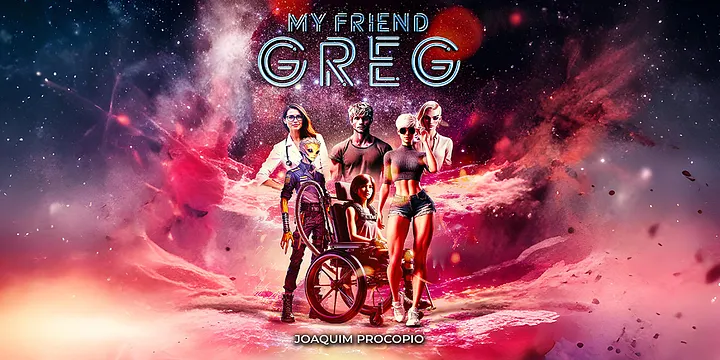For thousands of years, the night sky has been both a map and a mystery. Ancient civilizations used the stars to navigate oceans, track seasons, and mark the passage of time. Farmers planted by them, poets wrote odes to them, and dreamers found stories written in their constellations. Yet, for all that we have learned through science and technology, the stars remain a canvas of unanswered questions.
Why do they still hold such power over us? Part of the answer lies in the way stars remind us of our own smallness. Each one is a sun, many of them with planets orbiting around them. The more we discover, the clearer it becomes that the universe is both unimaginably vast and intimately mysterious. The secrets hidden in those distant lights go beyond science alone. They awaken something inside us that is personal and deeply human.
Astronomy has revealed extraordinary truths about stars. We know they are born in clouds of dust and gas, that they burn for millions or billions of years, and that they die in spectacular bursts of energy that create the very elements we are made of. The calcium in our bones, the iron in our blood, and the oxygen we breathe were all forged in stars that exploded long before Earth existed. In a very real way, the secrets of the stars are also the secrets of ourselves.
Yet science does not answer everything. The stars are not only scientific objects; they are symbols. They represent hope when we wish on them, guidance when we are lost, and wonder when we let our minds drift beyond daily life. Their light travels across unimaginable distances and timescales, arriving long after the star itself may have died. In that sense, the stars also teach us about memory, impermanence, and the mysteries of existence.
When we look at them, we often see more than light. We see possibility. We sense that behind the glittering points in the sky, there may be stories we cannot yet comprehend. Perhaps other lives, other intelligences, other forms of love. The unknown is not just scientific curiosity. It is emotional. It is the human longing to connect with something greater than ourselves.
This idea lies at the center of My Friend Greg by Joaquim Procopio. The novel begins with the wonder of astronomy, but it quickly expands into a story about secrets, love, and the meeting of different kinds of intelligence. The stars serve as a backdrop, not just as objects of study, but as symbols of the mysteries that shape the human heart. As the story unfolds, the reader is invited to think not only about what the universe holds, but also about what we carry within ourselves.
Without revealing too much, the book reminds us that the deepest secrets are not always written in data or research. Sometimes they are written in the way we feel, the way we connect, and the way we surrender to forces we cannot control. The stars remind us of mysteries out there in the cosmos, but they also remind us of the mysteries within.
If you have ever stared at the night sky and felt a sense of longing that words could not capture, this novel will resonate with you. It is more than a work of science fiction. It is a story about what it means to search for answers, to find connection in unexpected places, and to realize that some secrets are meant not to be solved, but to be lived.
Prepare yourself for the release of My Friend Greg. The stars have secrets waiting for you, and this book will take you closer to discovering them.
